08:36, 11/06/2023
This year he is 88 years old, but every time he recalls the memories of the Truong Son road, in his heart, Mr. Le Xuan Ba, former Division Commander of Division 470 (Army Corps 12) still feels proud and moved when exactly 50 years ago, he and his comrades built the ferry across the Serepok River, now a special national historical site, a "red address" in Krong Na commune (Buon Don district).
The Truong Son Road or Ho Chi Minh Trail is a strategic military transportation network running from the North to the South of Vietnam, passing through Central Vietnam, lower Laos and Cambodia. This transportation system played a role in providing troops, food, weapons and equipment to support the Southern Liberation Army and the Vietnam People's Army during the 16 years (1959 - 1975) of the resistance war against the US.
Mr. Le Xuan Ba said that at the beginning of the dry season of 1973, Regiment 4, Engineer Division 470 (Truong Son Command), of which he was the Division Commander, was ordered to participate in opening the Truong Son road, from Highway 19 to the Southern Central Highlands, to ensure the crossroads towards Buon Ma Thuot; to repair and open more tunnels and ferry terminals across the Serepok River, to prepare for major campaigns.
 |
| Mr. Le Xuan Ba (third from left) during a visit to Serepok River Crossing Wharf - a special national monument. |
The opening of the road required secrecy, following the principle of "traveling without traces, cooking without smoke, speaking without sound", all for the purpose of transporting food, medicine, weapons, and people to the South to fight, so from the dry season of 1973 to May 1975, he and his comrades directly constructed and fought to protect about 80 km of Truong Son road, from Gia Lai to the ferry terminal on the Serepok River; in which, in the section of the Serepok River, in the territory of Krong Na commune, the unit fought and constructed items: ferry terminal, underground terminal, bridge for tanks, cars, artillery, and infantry to cross the river.
Mr. Ba shared that, at that time, to cross the Serepok River, his unit built a floating bridge called LPP, about 80 meters long, with the creative method of connecting iron boats together to form a bridge system with high mobility; the bridge deck was made of wood attached to the iron boats to ensure safety. The completed project was considered a key point, helping the main force, tanks, and motor vehicles to urgently cross the river, conduct military operations and later participate in the Ho Chi Minh Campaign in 1975.
Also during the process of building underground bridges connecting the two banks of the Serepok River, the US and puppet air forces and artillery fiercely attacked, causing 57 soldiers of the 4th Engineer Regiment and the 21st Infantry Battalion of the 470th Division to heroically sacrifice their lives.
With special achievements in combat, on June 3, 1976, Division 470 and Regiment 4 of the Engineer Corps were awarded the title of Hero of the People's Armed Forces. On December 9, 2013, the Prime Minister signed a Decision to recognize the ferry crossing the Serepok River in Dak Lak Province as a special national relic.
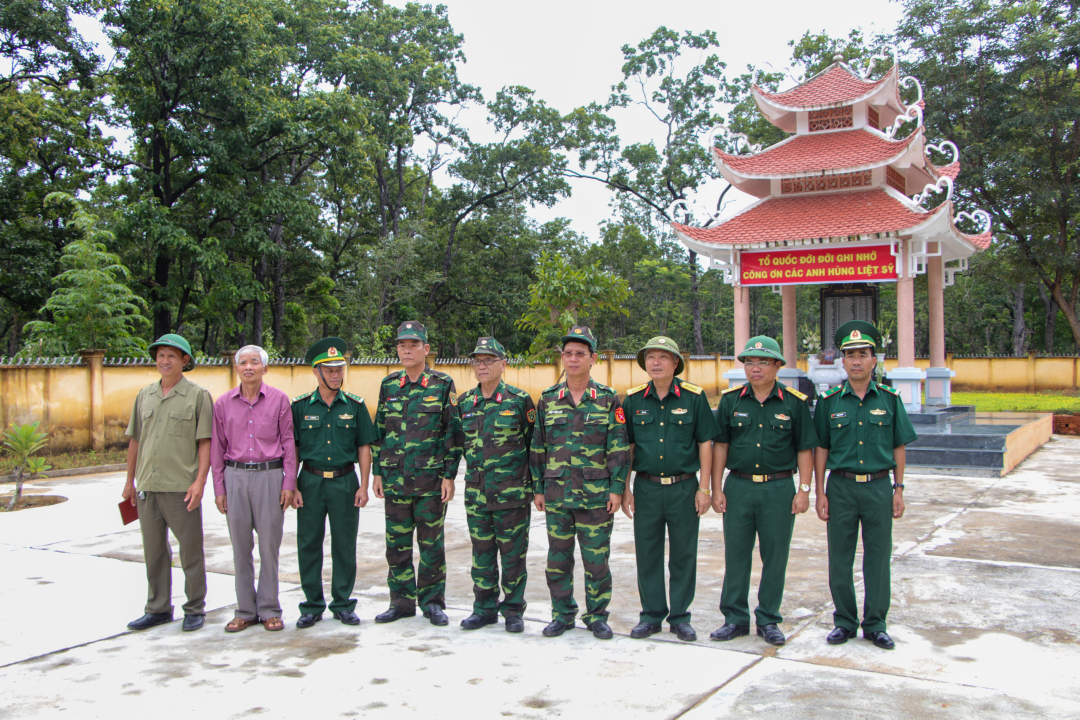 |
| Mr. Le Xuan Ba and his comrades on a visit to the Memorial Monument for fallen officers and soldiers at the Serepok River Crossing Wharf. |
Reminiscing about the years of opening the Truong Son road, Mr. Le Xuan Ba confided that the Truong Son soldiers always carried within them noble ideals, determined to open the road to the South to fight; the sweat and blood of the Truong Son soldiers soaked into every inch of land on the Truong Son road - Ho Chi Minh road, along with the desire to complete the cause of national liberation and national reunification.
Currently, the ferry crossing the Serepok River has been built and the landscape has been embellished. It is one of the historical relics of extremely valuable value, a "red address" to educate revolutionary traditions and source tourism for local people and tourists.
Nguyen Gia
Source link



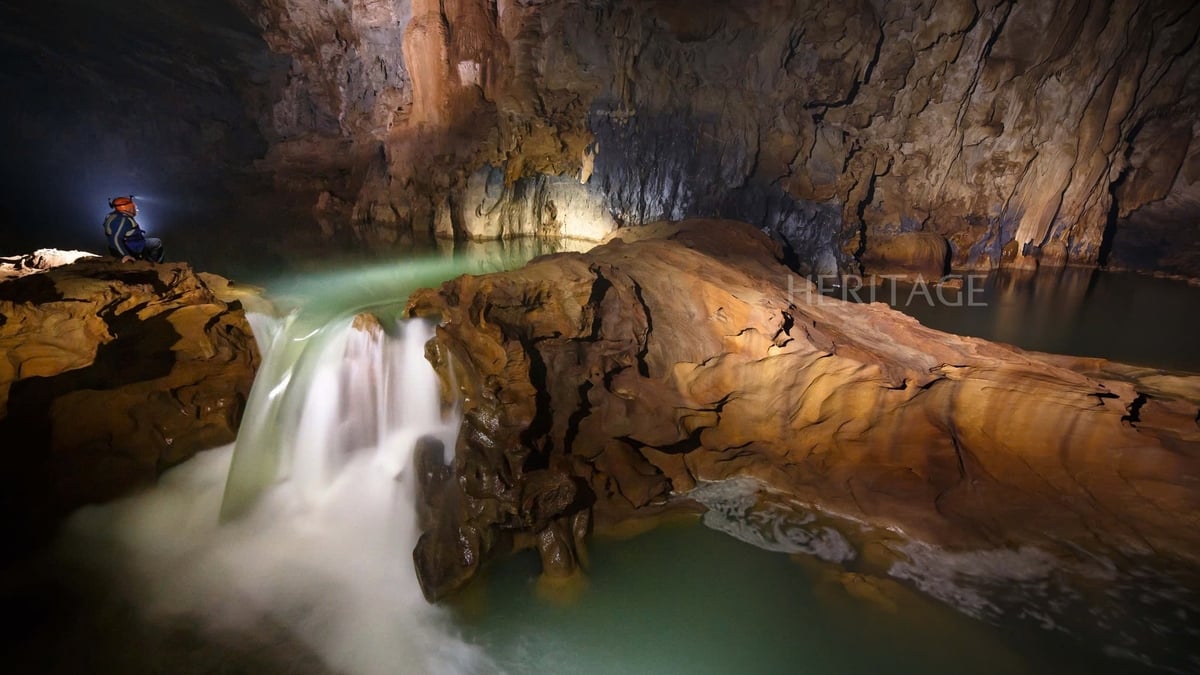
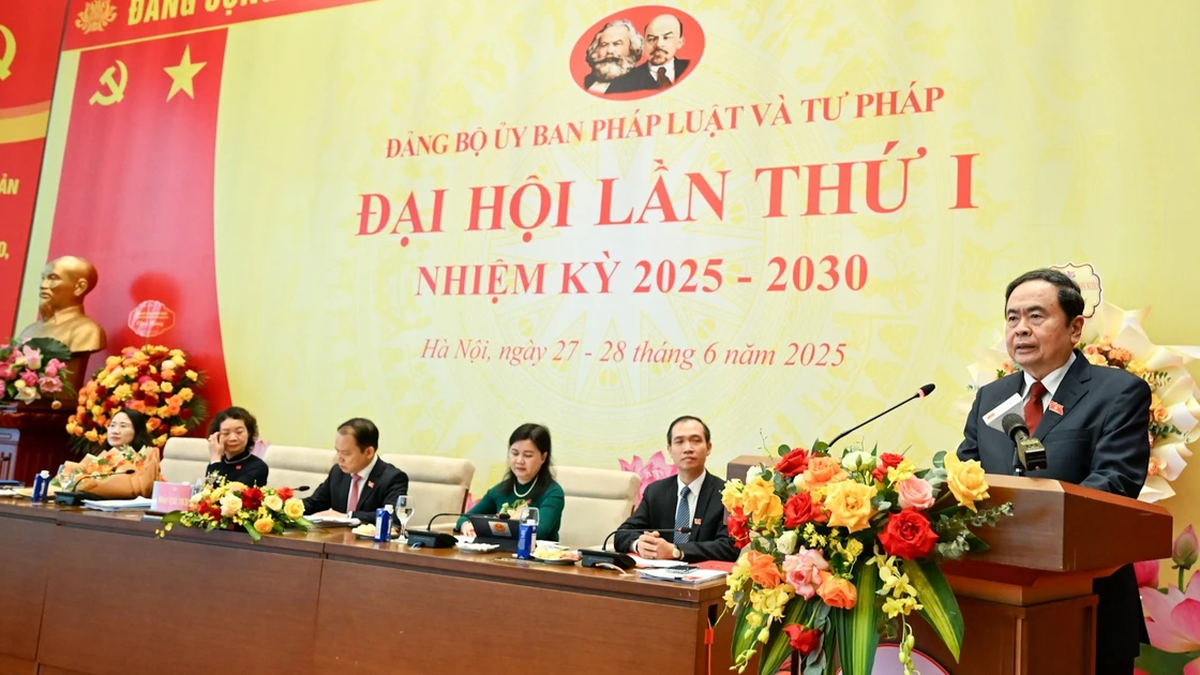





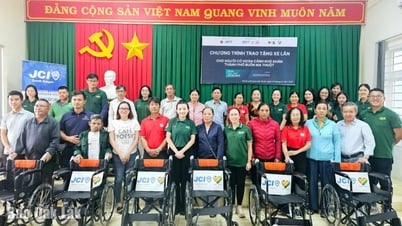
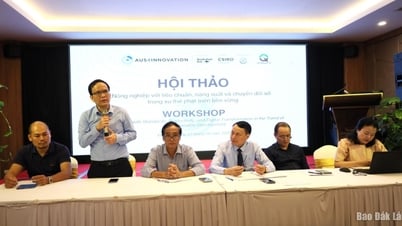
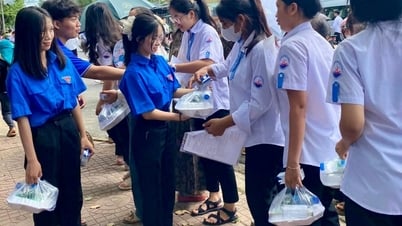
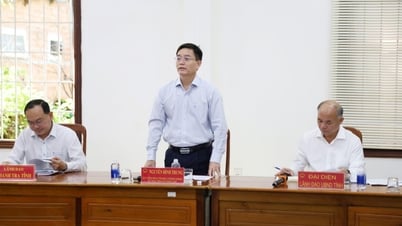




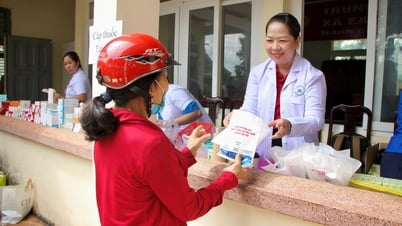
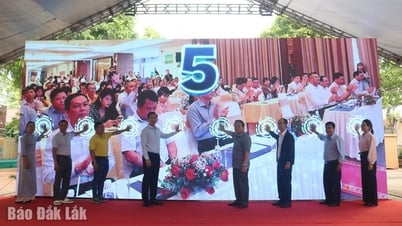
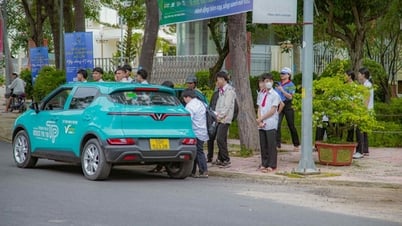
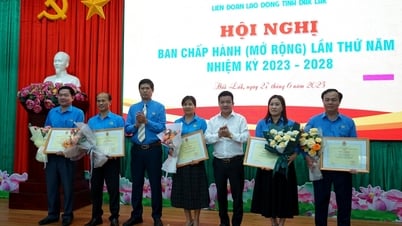



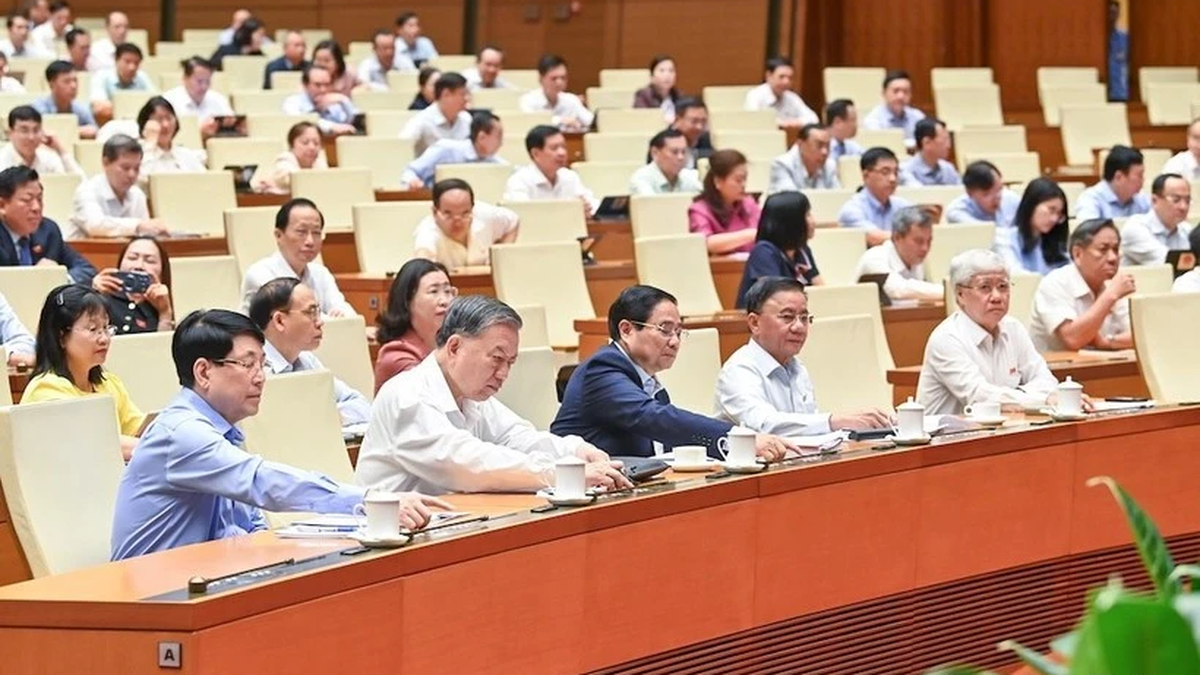
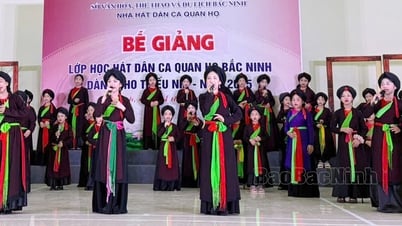

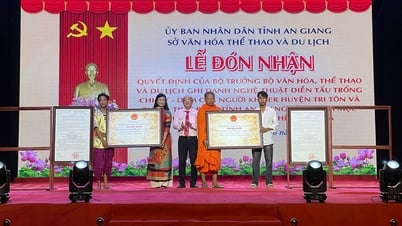

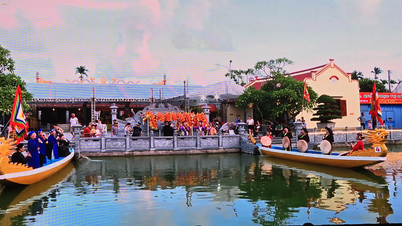

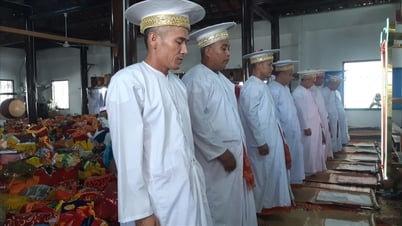

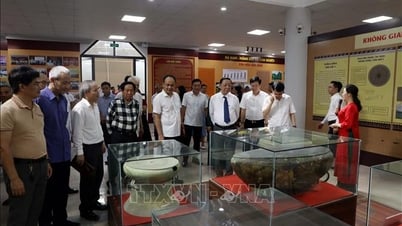





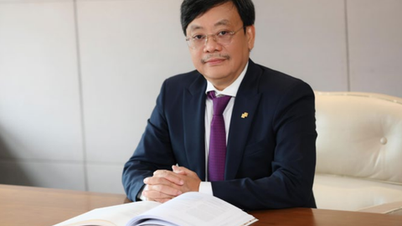





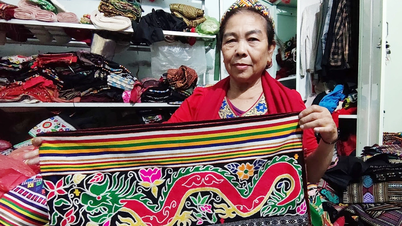











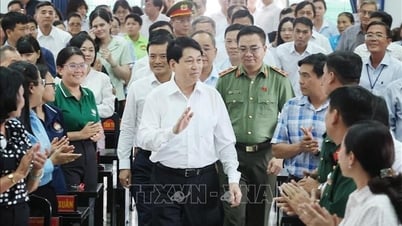
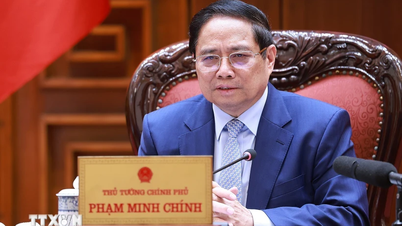


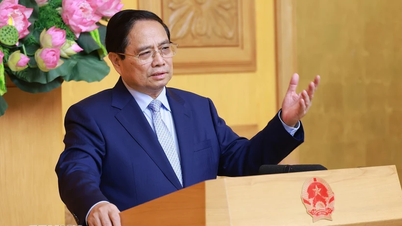




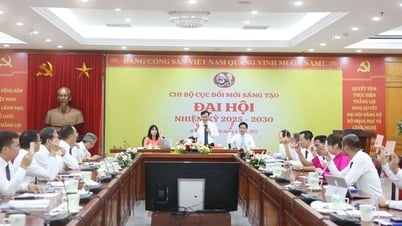
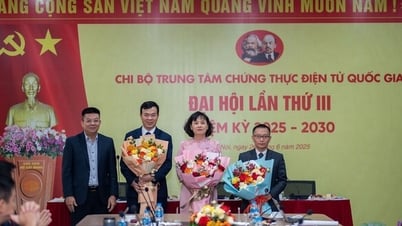



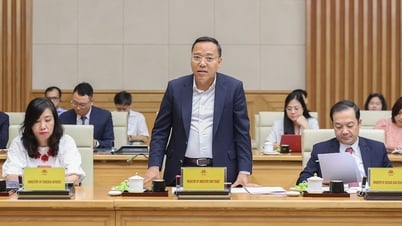

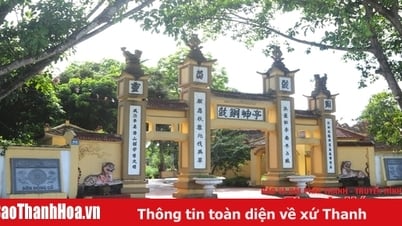























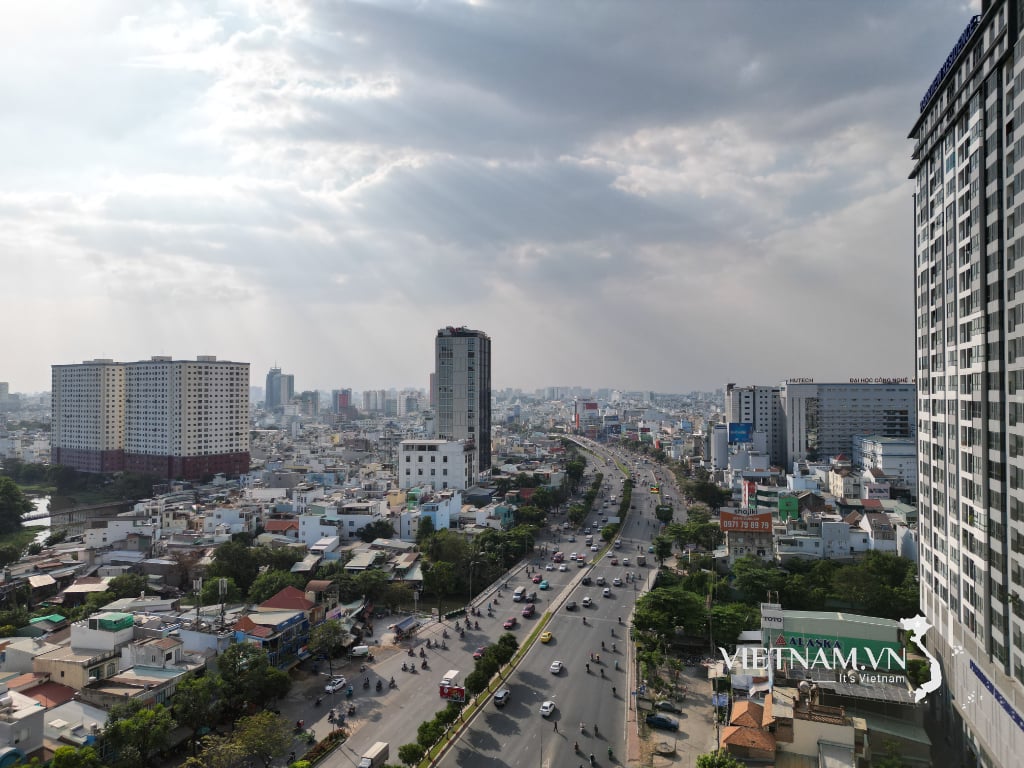
Comment (0)